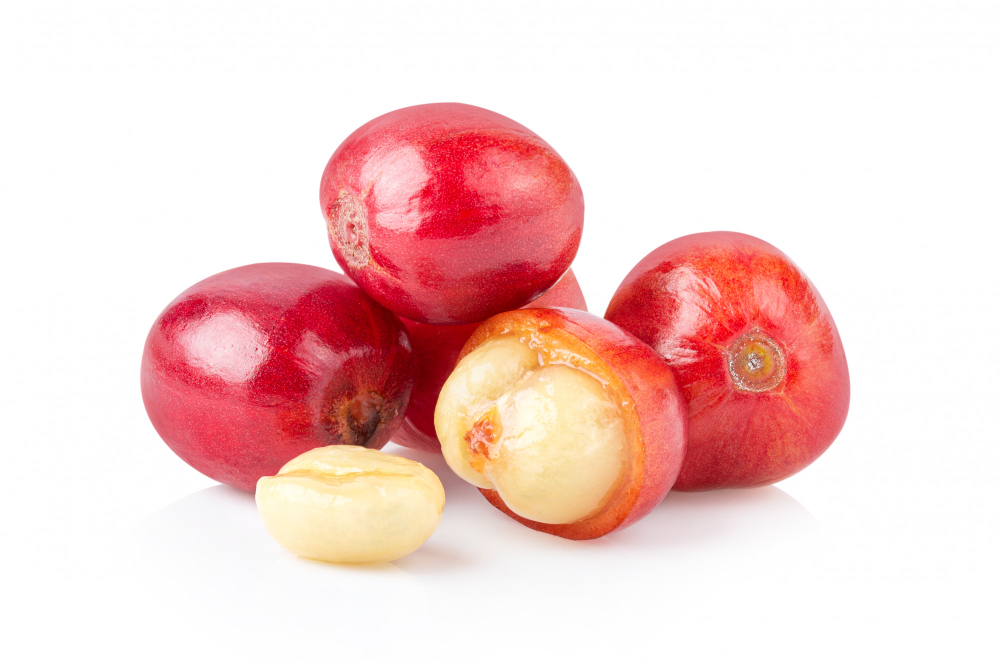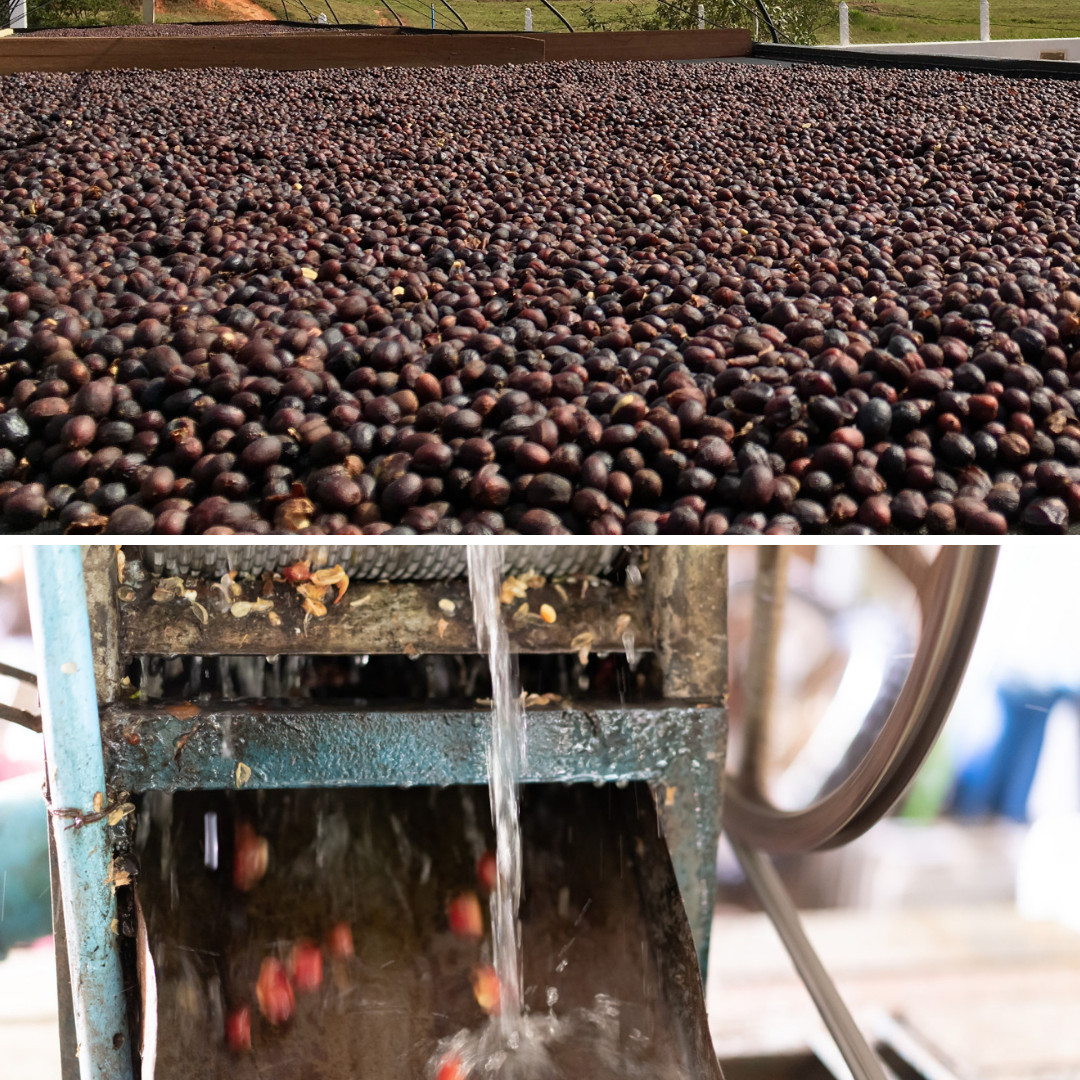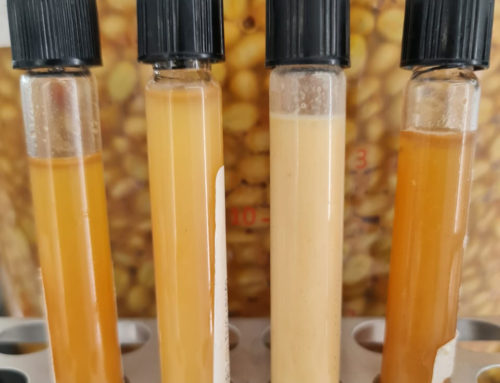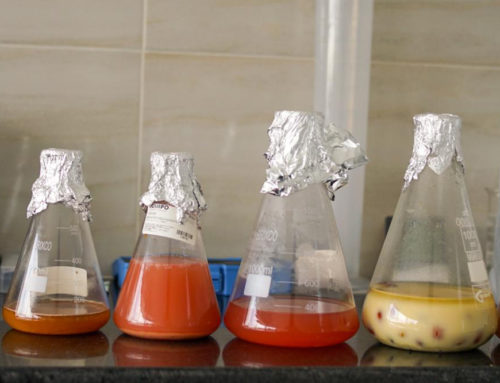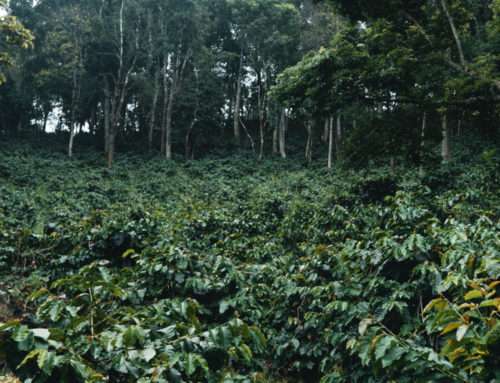Understanding coffee processing: Natural, Washed and Honey.
If you had to decide between natural, honey or washed coffee, which one would you prefer?
As coffee lovers, we love to explore coffee processing and its effect on flavors and aromas and indeed how to obtain them is an art in itself. When we talk about Natural, Honey, or Washed coffee we refer to different methods of processing and fermenting coffee. Different processes result in beverages with widely different attributes and tasting profiles in the cup.
Before reading this article, we recommend that you read our previous post: COFFEE FERMENTATION: EIGHT THINGS YOU PROBABLY DON’T KNOW. That will give you more clarity on the concepts of coffee fermentation and controlled processing.
If you are clear on the concepts of coffee processing and fermentation, keep reading on. In this blog, we will tell you the difference between natural, honey and washed coffee.
1. Natural, washed or honey coffee: Different processes
Natural Coffee
We call natural the coffee obtained by drying the whole ripe coffee cherries together with their peels without going through the pulping process. This allows a slow and prolonged fermentation inside the cherry. As a consequence, the coffee beans will be in direct contact with the mucilage and sugars contained in the coffee for a longer period of time.
The process to obtain a natural coffee is simpler and cheaper: myth or reality?
Although producing natural coffee seems like a simple process, in reality, it is not when it comes to ensuring a good cup profile. In fact, it is costlier and more complex than the other processes because it requires a lot of care and a greater amount of manual labour.
Actually, in a natural coffee process, the cherries need to be cleaned and sorted very well before they are taken to the drying beds. And this sorting and washing process is done manually.
In addition, to achieve a good drying of natural coffee, it is necessary to dry it with natural methods such as raised mesh beds known as “African beds”, “elbas”, or greenhouses.
On the “African beds”, the cherries are arranged in layers that are no thicker than 5 centimeters. The cherries must be moved and turned every two hours during the first week of drying, and every three to four hours in the following weeks.
This is the only way to ensure good air circulation and prevent the formation of mold on the cherries. This is a particularly important step in the process because mold causes defects and gives the final drink unpleasant tastes, such as earthy, dirty and stinker tastes.
The more the cherries lose moisture, the fewer turnings are carried out. Depending on the climate, drying a Natural coffee can take between 3 and 5 weeks. For comparison, a washed coffee will be dry and ready for sale in 8 days.
Washed Coffee
As you have read in our previous article on Coffee Fermentation, washed coffee is a coffee that, after harvesting, is pulped, fermented in tanks to separate the mucilage from the beans, and washed with clean water before being taken to the drying patios or silos.
Honey Coffee
The process for obtaining a Honey coffee is an intermediate process between the two previous ones. The coffee is pulped and, depending on the type of honey desired, different processes are carried out.
- Beans can be taken to the drying station with all the mucilage. That is, without going through the fermentation process in the tank.
- Beans can be fermented in tank, drained without washing and then taken to the drying station.
- Beans can be lightly washed after fermentation and then taken to the drying station.
Another variable to be considered in the Honey process is the duration of the drying time and the way it is carried out in order to obtain the different types: yellow, red or black honey.
Drying can be done in different ways: entirely in the sun, or by switching between periods of drying in the sun and in the shade, or even in complete darkness. The slower the drying process, the more difficult it is to prevent molds on the coffee, which in turn means spending more time turning the cherries in the beds during drying.
For this reason, producing a black Honey coffee that is dried in total darkness and whose cherries carry all the mucilage with them, is much more difficult and costly than producing a yellow Honey that has been fermented, has had the excess mucilage removed, and is dried in the sun in just one week.
Each producer develops its own processing methodology in order to obtain specific attributes in the beverage. So we can say that there are as many ways to carry out coffee processes as there are producers seeking to obtain the best cup.
What about the Brix degrees in the natural, honey and washed coffee processes?
If you have just started to dive into the ocean of speciality coffees, you have probably heard about Brix degrees and their importance in coffee processing. Brix is a unit of measurement that quantifies the concentration of dissolved soluble solids in fruit juice using a refractometer.
Although Brix is not a measure of sugar content, soluble solids are directly correlated with it. That means that the higher the concentration of soluble solids, the higher the concentration of sugars in the pulp or juice of a fruit, or in the mucilage that coats the coffee beans.
In the case of coffee processes to obtain speciality coffees with differentiated and consistent cups, Brix degrees matter a lot. In fact, they are a very good indicator of the point of maturity at which the coffee cherries should be harvested in order to obtain a better coffee cup.
How do you determine the optimal harvesting point of coffee based on Brix degrees?
Producers know that coffee cherries are ready to be harvested when their colour is completely red (or yellow) depending on the variety they grow. At that moment, the mucilage of the cherries is supposed to contain a high concentration of sugars.
The problem is that we cannot tell by its looks the precise moment when the cherries contain a higher or lower concentration of soluble solids in the mucilage. We also can’t tell what the precise concentration of sugars that will give us the best cup quality depending on the process we carry out.
Several studies have shown that many factors determine the optimal concentration of soluble solids that the coffee cherry mucilage should contain at the time of harvest, to obtain the best flavour and aroma attributes in the cup, including the type of processing, the climate, soil conditions, the variety grown and even the shade conditions of the crop.
For instance, an Arabica coffee grown at 1200 metres above sea level can give an excellent cup if it is harvested when the soluble solids concentration is 18 degrees Brix and processed as honey.
In the case of washed coffee, a better cup may be obtained if the cherries are harvested when they reach 25 °Brix. Or again, a Geisha coffee grown at 1700 metres above sea level, might give a better cup if it is harvested when the soluble solids concentration is 19° Brix.
In other words, there is no standard parameter applicable to all farms, coffee varieties and processes. Each farmer should cup test coffees harvested at different Brix ranges between 15 and 25° Brix to determine the most appropriate cherry harvesting point for his specific conditions, process type and desired cup attributes.
2. What is the difference in the cup profile of a natural coffee, a washed coffee and a honey coffee?
As you saw, each process is different because fermentation occurs differently in each case. In natural coffee, fermentation occurs inside the cherry. So the mucilage is in direct contact with the coffee beans all the time until the bean reaches a humidity between 9% – 10% that allows for the threshing.
The result is sweeter cups, with vinous notes, intense tropical fruit flavours, tart acidity and full body. Honey coffees have pronounced profiles, with sweet and fruity aromas and a balanced malic and tartaric acidity. The flavours are not as intense as in a natural coffee but are clearer and more defined.
However, if in the processing natural and honey coffees, the cherries have not been correctly selected at the time of harvesting, for instance leaving green and dry beans, or in the case that molds have appeared during the drying process, the cup will be really unpleasant with astringent, earthy, vinegar, mold, quaker and stinker flavours.
Washed coffees, on the other hand, present delicate, clean cups, bright citrus acidity, flavours of honey, chocolate, hazelnut, citrus fruits, floral and herbal aromas.
Natural and Honey coffees are sweeter than Washed coffees: Myth or Fact?
At the moment, it is not yet fully clear why the cup profiles of naturals and honey seem to be sweeter than those of washed coffees. Research has found contradictory results.
One of the main reasons is that, as we said before, sweetness does not depend only on the process. Rather, it depends very much on the variety, the climate and the way the coffee plants have been cultivated.
Initially, some researchers found that sugar losses occurred in coffee beans subjected to the wet fermentation process of washed coffee (coffee mass immersed in water).
In 2005, Knopp, Bytof & Selmar decided to study what happens to the contents of sugars with low molecular weight when coffee beans are subjected to different processes.
They found that there are differences as a consequence of the metabolic reactions that occur in the cherries during the fermentation process. And that there are also changes in the free amino acid reserves that are responsible for many of the flavour and colour attributes of coffee in the cup.
Their results showed that although sucrose contents were similar in all three processes, fructose and glucose contents were higher in the natural process coffee, low in the washed coffee, and intermediate in the semi-washed (honey) process coffee. They also showed that raffinose and galactose contents were higher in washed coffee.
Do sugar losses occur in coffee cherries during the washed process?
Knopp and colleagues observed that some sugars such as mannose and arabinose, which are found in small amounts in coffee cherries (100 times lower than sucrose contents), may be lost by passive leaching during the fermentation process of the washed coffees.
But in general, they point out that although carbohydrate loss during seed germination processes is a normal metabolic phenomenon, it is unlikely that sugars are lost in high amounts during the fermentation process.
This is because the cherries are fully hydrated at the start of any of the processes. Thus, it seems that the fermentation processes do lead to a difference in the sugar and low molecular weight amino acid content of the coffee beans.
As a result, different cups are obtained with greater or lesser sweetness and with differences in the acidity and body of the beverage. So natural and honey coffees are indeed sweeter.
3. And now the million dollar question: Natural, Washed or Honey coffee, which one is the best?
If you are a consumer, the best coffee will be the one you like the most. It all depends on your taste. The more orthodox consumers will probably prefer washed coffees or a yellow honey. The more adventurous ones will go for a black honey or a natural honey.
If you are a producer, the decision to carry out one or the other process will depend on your target market. And more importantly, whether you have customers willing to pay a good price for the quality of coffee you are offering them.
Producing a natural coffee or a honey will always be more complex than producing a washed coffee (without controlled fermentation), but that’s a whole new blog.
If you are a roaster or barista, you probably already know the types of coffee you need to make your blends and get those incredible cups that every day conquer the market of your most demanding and intrepid consumers.
And you, which coffee do you prefer? Tell us which is your favourite process and what attributes you prefer to find when tasting a cup of coffee. Leave us your comments on social media and don’t forget to sign up for our newsletter.
Sources:
Alves, E. (05 de 08 de 2020). Cafeicultura. Recuperado el 22 de 10 de 2021, de O
uso do grau brix na produção de cafés especiais.
Good Kitzberger, C., Pot, D., Marraccini, P., Protasio, L. F., & dos Santos S., M.
(12 de 10 de 2020). Flavor precursors and sensory attributes of coffee submitted to different post-harvest processing. AIMS Agriculture and Food, 5(4), 700-714.
Knopp, Sven & Bytof, Gerhard & Selmar, Dirk. (2005). Influence of processing on the content of sugars in green Arabica coffee beans. European Food Research and Technology. 223. 195-201. 10.1007/s00217-005-0172-1.
Korhonen, J. (01 de 09 de 2020). baristainstitute.com. Recuperado el 22 de 10 de 2021, de Coffee Processing Methods.
Poltronieri, P., & Rossi, F. (24 de 10 de 2016). Challenges in specialty coffee processing and quality assurance. Cahllenges, 7(19), 22.
Vidal V., M. A. (2014). RANGO IDEAL DE CONCENTRACIÓN DE SÓLIDOS SOLUBLES DURANTE LA MADURACIÓN DEL CAFÉ Y SU INFLUENCIA
SOBRE LA CALIDAD DE TAZA,EN DOS VARIEDADES Y TRES NIVELES ALTITUDINALES. (Vol. Tesis de Grado). Ciudad de Guatemala, Guatemala
de La Asunción: Universidad Rafaél Landívar, Facultad de Ciencias Ambientales y Agrícolas.
Sign up to our newsletter receive monthly articles and updates on the exciting world of coffee, as well as offers from producers.
